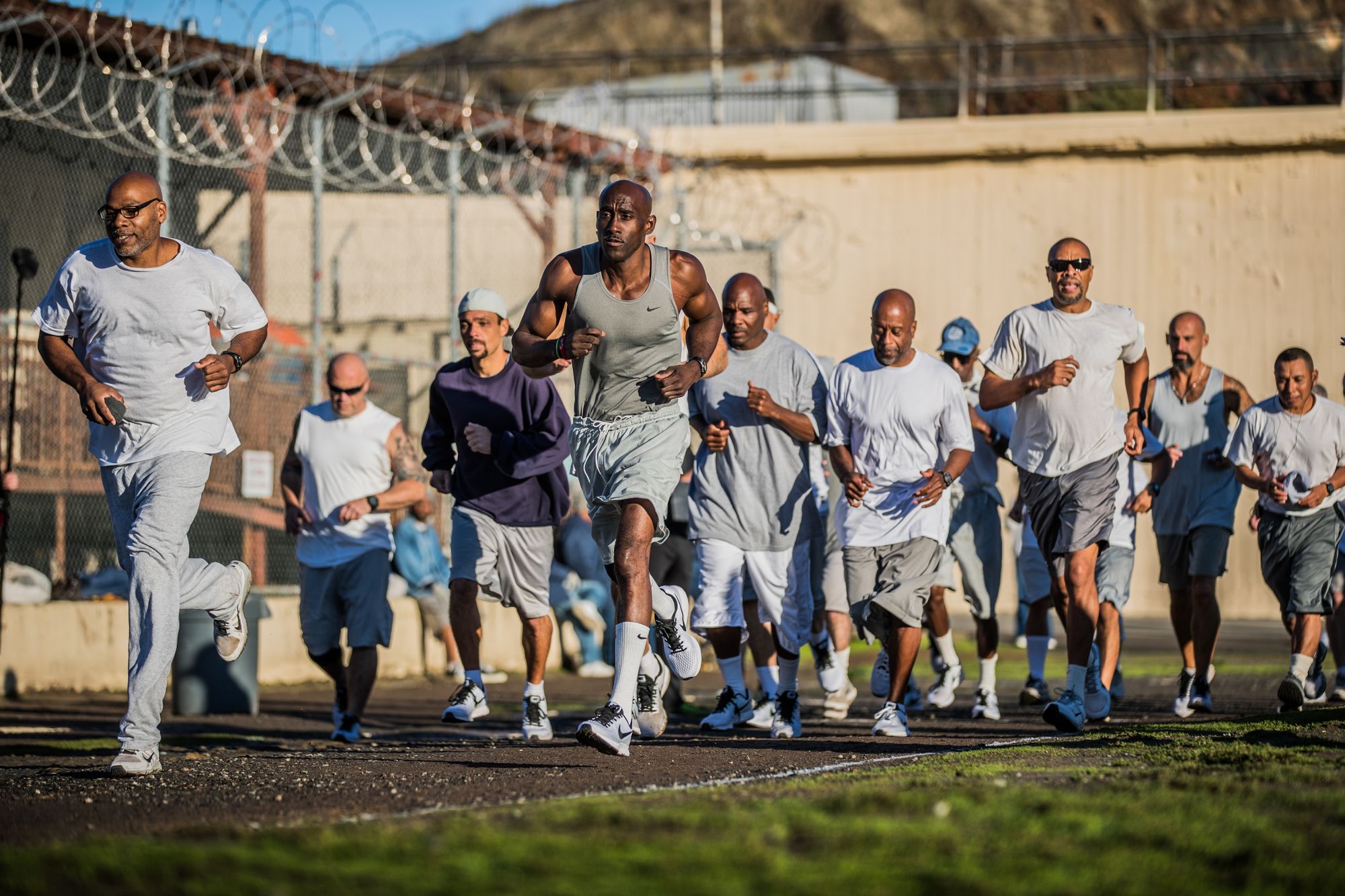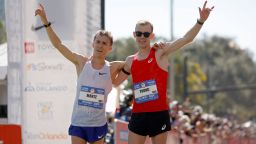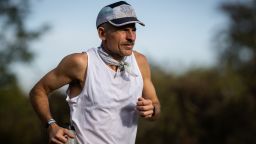In San Quentin State Prison and decades through a lengthy sentence, Rahsaan Thomas wasn’t at the peak of his physical fitness, nor was he expecting that to change much.
Sentenced to 55 to life in 2003 after fatally shooting one person and injuring another during a drug deal, Thomas joined the prison’s long distance running 1000 Mile Club initially as a “coping mechanism” that helped him to process his long and seemingly endless jail term.
“That amount of time is mind blowing – you think it’s unfathomable. But the way you deal with it is just one day at a time, one step at a time,” he tells CNN Sport.
In addition to keeping himself in shape, Thomas says that running, which he first picked up aged 28 to keep fit with his friends, “reminds me of home.”
“It’s a way where I can just take my mind off the present and just focus on one step at a time,” he explains.
Built by prisoners in 1852, the Californian maximum security correctional facility, which is among the USA’s most well-known and notorious for its violent history, is not one you would immediately associate with fitness.
Immortalized in documentaries, movies, songs and even graced with a performance by Johnny Cash, the prison is the state’s only such institution that conducts executions.
Set up in 2005, San Quentin’s running club meets regularly and is run entirely by volunteer coaches from Marin County’s Tamalpa Running Club, who come from outside the facility to share their expertize and time with aspiring runners in the prison.
Inmates start with conditioning and running shorter distances, before potentially taking part in a full marathon, negotiating 105 laps of a gritty, uneven prison track by the end of the year.
What started out as a makeshift club intended to support a small group of inmates who were interested in running 1,000 miles each has now evolved into a group of more than 50 members, with participants ranging from those in their early 20s to late 70s. A number of members have run several thousand miles in the prison.
Seeing coaches come from the outside world and dedicate their time every week to train inside the maximum security prison gave Thomas a sense of purpose which he carried with him even after his release.
Thomas says that the club helps to rebuild connections within society.
“You feel included in society even though you’re excluded from it. It’s the magic ingredient to rehabilitation because you can do all kinds of programming through books and on a tablet, it would never be the same as access to societies,” Thomas, aged 29 at the time of his crime, explains.
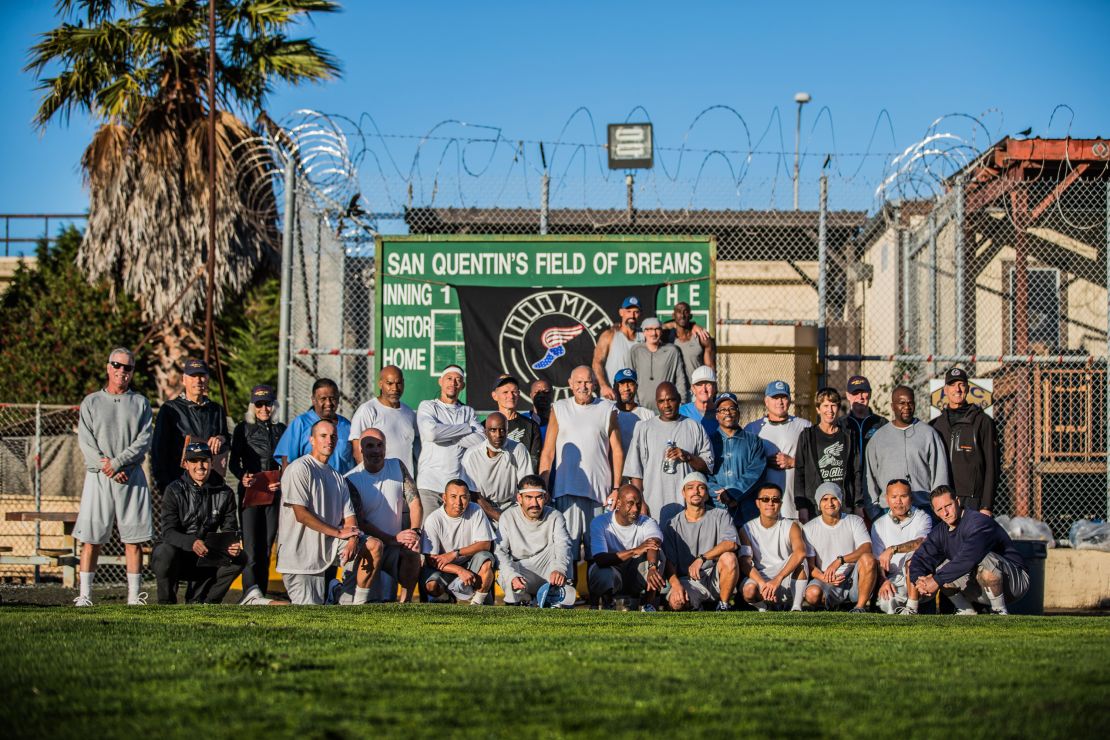
“When you’re included in society, and you’re part of this world, you’re not going to hurt it because it’s yours,” he adds.
Now, Thomas’ story, along with those of several other inmates, is showcased in the film “26.2 to Life,” directed by Christine Yoo and premiering on ESPN on April 8.
Coach Diana Fitzpatrick, who volunteers at the prison, agrees with Thomas on the benefits of running, explaining that it helps inmates to focus on working towards a goal, as well as their diet and wellbeing.
“I think for a lot of the men when they run, it’s a way to escape being inside of prison and where you are, you sort of escape the walls, you escape the noise, you escape everything going on, because you’re really just focused,” she tells CNN Sport, adding that many men join the club with very little running experience.
“It really brings you into the present, the here and now, especially when you’re really pushing yourself like in a marathon,” Fitzpatrick says.
Coach Jim Maloney says the almost years-long training regime helps men to remember that they “are capable of doing hard things.”
“Our incarceration system not only punishes people, but it also has a tendency to dehumanize them,” says Maloney.
“I think one thing we try to do is help them gain their humanity back and remind themselves that they’re not defined by the worst moment of their lives, the crime that they committed, but that they’re worthy and worthwhile human beings,” adds Maloney.
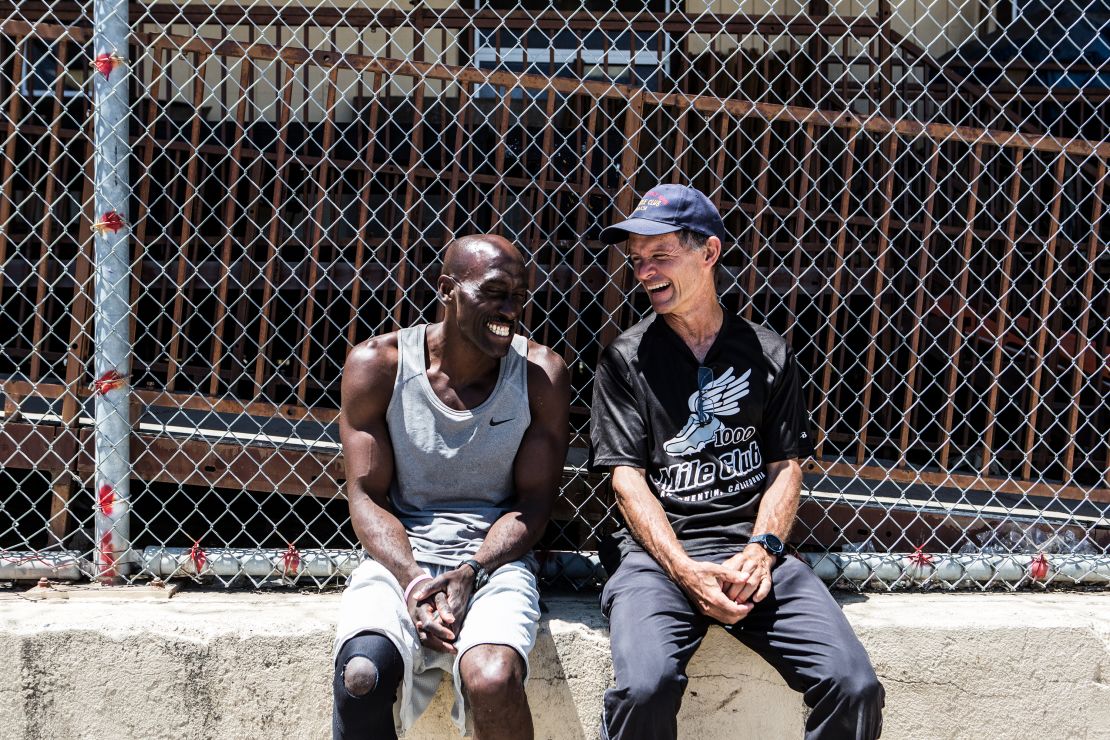
The US locks up more people per capita than any other country, according to the Prison Policy Initiative, which says that there are almost two million people incarcerated in federal, state, local, and tribal systems in the US.
Despite Black Americans making up only 13.6% of the of the population, they represent 38.7% of the prison population, according to the Federal Bureau of Prisons.
Black Americans are incarcerated in state prisons at nearly five times the rate of White Americans, according to statistics from The Sentencing Project. Over two-thirds (69%) of the prison population are people of color, and socioeconomic disadvantage is common among this group.
“Until we understand what crime is, we’re never going to solve it. For the most part, it’s poverty mixed with a lack of opportunity,” Thomas tells CNN Sport.
He points out that people commit crimes even if authorities have a “tough on crime” approaches because “people, their needs and their emotions are superseding intelligence.”
‘No judgement’
Markelle Taylor was at a low point in his life when, 16 years into a lengthy sentence in San Quentin State Prison for second degree murder, his close friend in the jail died by suicide.
“It hurt me inside because he was more like a mentor to me,” Taylor tells CNN Sport.
To help cope with his grief, Taylor, who had run track and field in high school, joined the 1000 Mile Club.
The coaches passed “no judgment, never asked us what our crimes were. That helped me in my recovery and transformation in my life,” Taylor, known as “Markelle the Gazelle” because of his athletic prowess, explains.
He was sentenced at the age of 27 for beating his pregnant girlfriend, resulting in the premature birth of their child who died a month later from his injuries.
After 17 years in prison, and now in his 50s, Taylor is a runner and coach having been released on parole. Following a year of adjusting to life outside prison, he began to train regularly again.
After completing the San Quentin Marathon in three hours and three minutes, Taylor was eligible to compete in the Boston Marathon, which he finished in 2:52 in 2022.
“After that first year, it became a lot easier for me to get a good routine and running routine and run races and stuff like that. That’s why my times got faster as I got older,” Taylor tells CNN.
“There are all these different hurdles and obstacles that are overcome in my own personal life and I use those as the same as trying to PR (personal record) or strive to do better in all races.”
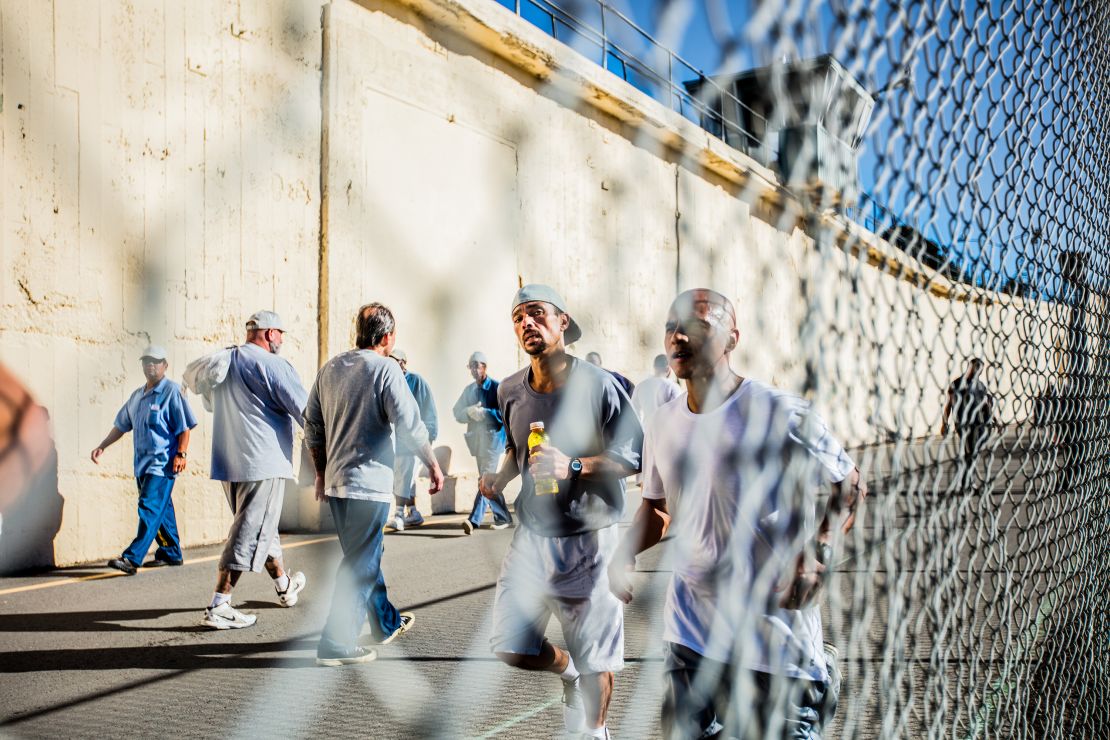
In 2022, having been incarcerated for 21 years, Thomas had his sentence commuted, with governor Gavin Newsom noting he had “dedicated himself to his rehabilitation.” He completed the New York City Marathon in 2023.
Now Thomas works with juveniles and runs a program with some 60 participants. He explains that his past informs what he does with his newfound freedom, saying: “I killed somebody … that death is my driving force.”
Thomas, also a journalist, podcaster and producer, says that while he knows he “can’t make up for it,” he is “working all day long to make the world better and get the world to understand if you want to stop crime, we got to address the root causes.”
From those who have completed the program, “we have a zero recidivism rate,” he explains.
“But there’s two million people in prison,” Thomas adds. “There’s a whole bunch of youngsters I don’t want to ever go to prison, and I can’t do it all and so I need the philosophy to spread big and beyond me.”
